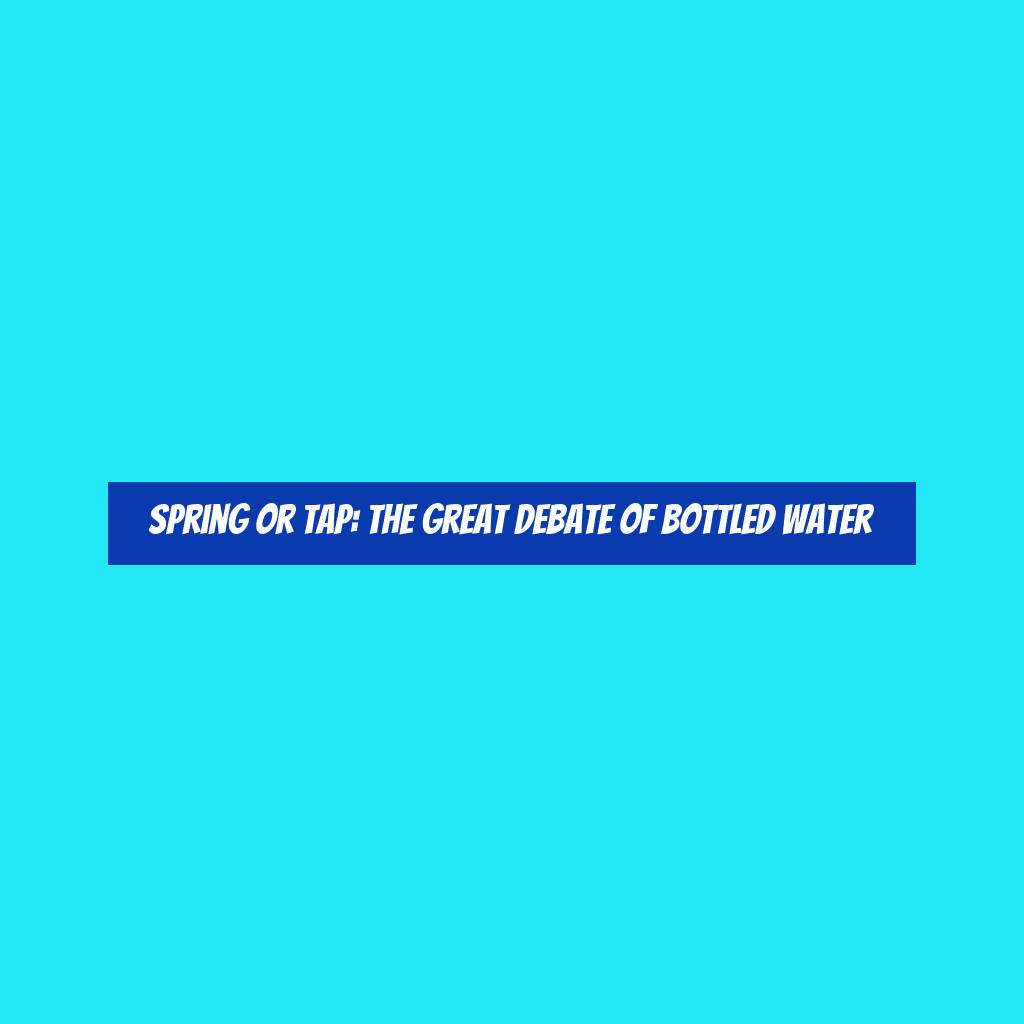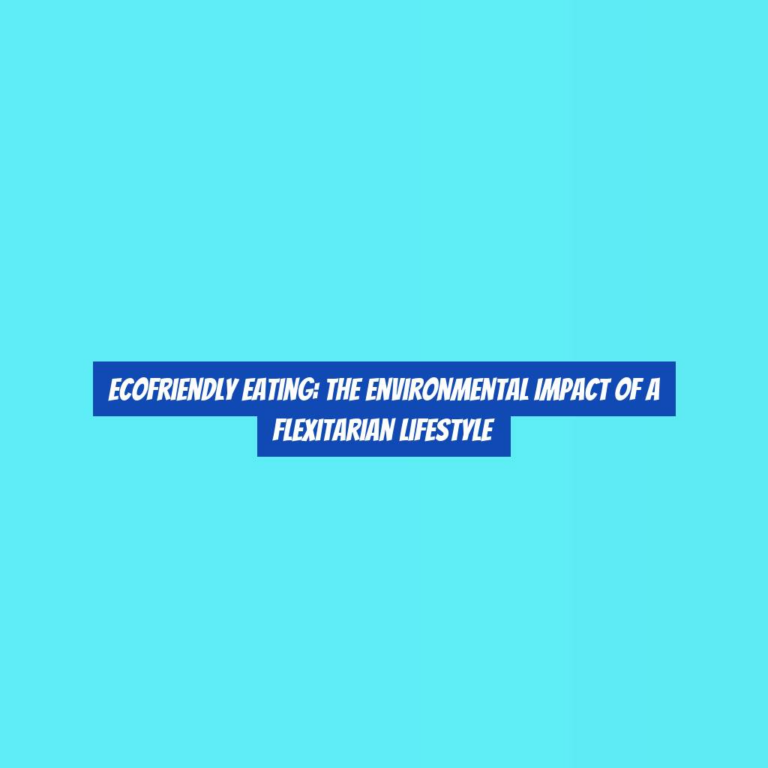Spring or Tap: The Great Debate of Bottled Water
Imagine a cool, refreshing sip on a hot summer day. The choice between spring water and tap water is more than just a matter of taste; itG??s a decision that impacts your health, wallet, and the environment.
As you reach for that bottle of water, have you ever wondered which is truly the better option? The debate between spring and tap water has sparked numerous discussions, and with good reason.
Taste Preferences
When it comes to taste preferences, many people find themselves gravitating towards bottled spring water for its perceived purity and crispness. The natural filtration process through layers of rock and soil gives spring water its distinct taste, often described as clean and refreshing. Unlike tap water, which can sometimes carry a faint metallic or chlorine taste, spring water is celebrated for its pure, natural flavor.
The crispness of spring water, attributed to its mineral content, is also highly appealing to those with sensitive palates. This mineral composition not only adds to the taste but also provides potential health benefits.
Furthermore, the consistent taste of bottled spring water is a major draw for consumers. Tap water taste can vary based on location, water source, and even the time of year. In contrast, bottled spring water offers a reliable and consistent flavor profile, making it a preferred choice for those who prioritize taste in their drinking water.
Whether itG??s the perceived purity, the crisp taste, or the consistency, the taste preferences of many individuals undoubtedly lean towards the allure of bottled spring water.
Cost Considerations
Considering your preference for the taste of bottled spring water, itG??s important to weigh the cost considerations associated with this choice. While the refreshing taste of spring water can be enticing, itG??s essential to take into account the financial implications of consistently purchasing bottled water.
Here are some key cost considerations to keep in mind:
-
Price Per Bottle: Bottled spring water typically comes with a price tag, and these costs can add up over time, especially if you consume water frequently throughout the day.
-
Environmental Impact: The production and transportation of bottled water contribute to environmental costs. Considering the environmental impact and potential long-term consequences is crucial when evaluating the overall cost.
-
Alternative Options: Tap water is a cost-effective alternative to bottled water. Installing a filtration system at home can provide clean, great-tasting water at a fraction of the cost.
-
Health Economics: While the initial cost of bottled water may seem reasonable, itG??s important to consider the long-term health benefits and potential cost savings associated with staying hydrated through alternative means.
Environmental Impact
To understand the environmental impact of choosing bottled spring water over tap water, you must consider the production and transportation processes involved in bringing bottled water to consumers.
The production of bottled water requires significant amounts of plastic, leading to the generation of plastic waste. This waste, if not properly recycled, can end up in landfills or as litter, contributing to environmental pollution.
Additionally, the transportation of bottled water from its source to distribution centers and then to retail locations involves fuel consumption and emissions, which further contribute to air pollution and carbon footprint.
Furthermore, the extraction of spring water for bottling can have detrimental effects on local ecosystems and water sources. The high demand for bottled water may result in over-exploitation of natural springs, potentially impacting the availability of water for local communities and wildlife. This, in turn, can disrupt the delicate balance of the ecosystem.
In contrast, tap water has a significantly lower environmental impact. It doesnG??t require the production of single-use plastic bottles, reducing plastic waste, and the transportation of tap water to homes consumes far less energy compared to the distribution of bottled water. Additionally, using tap water reduces the strain on natural springs and helps preserve local water sources.
Health and Safety Factors
Choosing bottled spring water over tap water may impact your health and safety due to variations in mineral content and potential contamination risks. When it comes to health and safety factors, itG??s essential to consider the following:
-
Mineral Content: Bottled spring water often contains higher levels of essential minerals such as calcium, magnesium, and potassium, which are beneficial for your overall health.
-
Contamination Risks: Despite stringent regulations, there have been instances of bottled water being contaminated with bacteria, mold, or other impurities during the bottling process, posing potential health risks.
-
Chemical Composition: Some bottled spring waters may contain trace amounts of naturally occurring chemicals, presenting potential health concerns for certain individuals, especially those with specific sensitivities.
-
Packaging Safety: The materials used in bottled water packaging, such as plastic, can sometimes leach chemicals into the water over time, potentially impacting the safety of the water you consume.
Considering these factors, itG??s important to carefully evaluate the health and safety aspects when making the choice between bottled spring water and tap water.
Convenience and Accessibility
When it comes to convenience and accessibility, accessing tap water at home or in public spaces is often more straightforward than purchasing and transporting bottled spring water.
At home, you can simply turn on the faucet and have immediate access to clean water for drinking, cooking, and other daily needs.
In public places like restaurants, offices, and parks, tap water is readily available for free, reducing the need to carry or purchase bottled water when youG??re on the go.
On the other hand, when it comes to bottled spring water, it requires planning and effort to ensure you have an adequate supply.
You may need to purchase and transport bottles from the store to your home, and then carry them with you when youG??re out and about. This can be inconvenient, especially when traveling or engaging in outdoor activities where carrying heavy bottles may not be practical.
In terms of accessibility, tap water infrastructure is widespread and reliable in many developed regions, providing easy access to clean water.
In contrast, accessing bottled spring water may be more limited, particularly in areas where itG??s not readily available for purchase or delivery.
Conclusion
So, whether you prefer the taste of spring water or the convenience of tap water, the great debate of bottled water ultimately comes down to personal preference.
Consider the cost, environmental impact, health and safety factors, and accessibility when making your decision.
Ultimately, the choice is yours.



